|
Also available on Xbox One and Windows Yakuza Kiwami 2 is an expanded remake of the PS2's Yakuza 2 and, in my opinion, definitely the better way to experience that game in 2021. A word of advice to those considering starting the Yakuza series for the first time - MAKE SURE you play Yakuza 0 BEFORE you play Kiwami 2. I was originally going to play them in release order and just substitute Kiwami and Kiwami 2 in for 1 and 2; fortunately, I decided to play 0 after Kiwami but before Kiwami 2. There are a lot of things in Kiwami 2 that are either easier, make more sense, or outright can't be fully appreciated without having played 0 first. There's my little PSA for y'all. Yakuza Kiwami 2 takes place about year after the events of the first game. Fortunately, for those who played the first game long enough before this one to forget a lot of details, there's a spot right at the beginning that lets you view recaps of the events of Kiwami to refresh your memory. I usually give a synopsis of the story, but given that the events of this game are so closely tied to the events of the first game, and that game is such a masterpiece, I'm going to skip the synopsis so as not to spoil anything about Kiwami 1 accidentally for anyone who may not yet have started their Yakuza journey. As far as the core game goes - as is always the case with Yakuza, there's a TON of optional side stuff to do - it's a highly cinematic masterpiece that never really slows down until the credits roll, and even then, there are after credit scenes to wrap up a few story elements. If that's all you do, though, then you're missing SO much of what Yakuza has to offer. There are literally dozens of side stories as well as two entire optional storylines embedded in the game's two major mini-games. The first of these two major side story mini-games makes a return of Yakuza 0 - the Cabaret Club Czar, although this time it's called Cabaret Club Grand Prix. The premise is basically the same - there's an evil conglomerate that controls a bunch of shady cabaret clubs, and you've got to beat them in a competition to put your club on the top of the food chain and shut down the shady dudes. If you played through the cabaret club storyline in Yakuza 0, then you've got a head start here because the hand signals that the girls use are the same. There are a few tweaks to the stats and whatnot, and the "Trouble" events that happen when you badly mismatch a customer with a girl have been refined to make more sense and be MUCH easier to resolve, but at its heart, it's the same. You won't be rolling in billions of yen like you were in Yakuza 0, but since you don't use money to upgrade your stats and abilities in Kiwami 2 (more on that in a bit), you don't need NEARLY as much cash, so you end up an equivalent level of "unnecessarily wealthy." The other major side story mini-game is Majima Construction. Majima has left the Tojo Clan and started a construction business. However, a shady rival business (see a pattern?) is trying to shut him down by wrecking his equipment. Kiryu finds himself in the position of foreman in charge of the construction crews and has to order them about to protect the equipment. This basically Majima: Total War. You can have up to nine Majima Construction employees on a team, and you have to protect the equipment against wave after wave - plus the occasional boss (or bosses) - of enemies. This is more of a money sink than a money maker, so I personally would suggest completing Cabaret Club Grand Prix before tackling this one, but you don't have to; I did Majima Construction first. It's also to your benefit to wait till towards the end of the game to do this storyline because a lot of the employees you can recruit to fight are unlocked from sub-stories and side encounters as you play through the game. This is also true of Cabaret Club Grand Prix, so that advice applies there, as well. I'll be frank in that it's been long enough since I played Yakuza Kiwami that I don't remember exactly how it handled upgrading your stats and abilities, so I'll refrain from drawing comparisons. In Kiwami 2, you get experience points from eating, fighting, completing objectives, and checking things off your Completion List. There are five different categories of experience points, and different upgrades and stat increases require different types and amounts of experience points. You want to make sure you're eating a LOT because that's a good regular way to keep the experience points coming in. You have an appetite limit, and eating above that keeps you from getting any experience points, so keep an eye on that and have a snack whenever you pass a restaurant. As fantastic as the combat in this game - and it's truly satisfying - the story is definitely the star of the show. The characters are AMAZINGLY developed, the voice acting is fantastic even if it is exclusively in Japanese, and the narrative is riveting. Of course, if you've played other Yakuza games, you'll know that that's just par for the course; part of what makes Yakuza so damn good is that it's consistently telling an amazing story with amazing characters. It's almost frustrating to have the side stuff in the game because the side stories are too good to ignore, but the main story is so incredibly good that you don't want to deviate from it. It's an amazing problem to have, but it does get a bit frustrating. I had originally planned to dive straight into Yakuza 3 after finishing Kiwami 2. As with Kiwami 1 and 0, however, I find myself in need of a Yakuza break after this game because of how long it is. It took me roughly 50 hours to get through Kiwami 2 between the side stuff, the main story, and just trying to experience all the game had to offer (and I still only got about 2/3 of the trophies). You absolutely get your money's worth here both in quantity and quality of game, but you will probably feel some game fatigue by the time you're done. The Dragon of Dojima never disappoints, but he does exhaust. Yakuza Kiwami 2 is a masterpiece of a game. I've only played three Yakuza games so far - 0, Kiwami, and Kiwami 2 - but all three have been absolute masterpiece games. If any game series deserves a television adaptation, it's Yakuza (although they'd probably screw it up). The characters and stories are just so deep and well-written that you'll NEVER be bored with the main story. Some of the side stories and mini-games can get tedious at times, but the main story is turned up to 10 from start to finish. The entire series (almost) is on Game Pass, so if you're an Xbox or PC gamer, you're in luck; Yakuza is no longer a solely PlayStation series. It's not going to be everyone's cup of tea - you definitely need the attention span for long games to get through Yakuza - but if you're into long and heavily narrative-driven games, Yakuza is about as good as it gets, and Kiwami 2 is an exemplar of that. My Rating - SAlso available on Wii U and Game Boy Advance Mega Man and Bass, while usually thought of as a GBA game in the West, started life as a Japan-only Super Famicom game despite coming out after the release of Mega Man 8 on PlayStation and Sega Saturn. According to NintendoLife, series creator Keiji Inafune thought that he owed Japan’s kids who hadn’t upgraded to a 32-bit system yet one more game, and thus Mega Man and Bass was born. I’ve got a rather complicated view of this game. My Racketboy friends all told me how much this game sucked, and part of me whole-heartedly agrees with them, but I also feel like the game deserves a little more nuanced an assessment than that. Mega Man and Bass takes place between Mega Man 8 and Mega Man 9 and serves as a sort of “Mega Man 8.5.” It’s technically a spin-off, but it’s also directly referenced in either 9 or 10 (I forget which), so it’s also kind of a main series game. Regardless, this is a game that snatched defeat from the jaws of victory as far as being a good game goes. You get to choose to play as either Mega Man or Bass, and in a lot of ways, I feel like this is the game’s difficulty setting. The story is pretty much the same with both, but they feel and play radically different. If you choose Bass, that’s the game’s Hard setting; if you choose Mega Man, that’s the game’s Dark Souls setting. There is no Easy or even Normal setting here, and that all comes down to bad level design. I’m absolutely not saying that the game is badly designed because it’s hard; I’m saying that the game is hard because it’s badly designed. Bass gets a weaker blaster but can fire rapidly (which I find to be much more useful in general), and while he can’t do Mega Man’s slide dash, he can double jump. A LOT of the game’s levels were clearly built around this double jump because they require absolute pixel-perfect precision and timing to make jumps with Mega Man. Even with Bass, it’s still hard. I almost tore my hair out on Tengu Man’s stage, and I had access to Bass’s double jump; I can’t imagine trying to get through that as Mega Man. The game is also just downright unfair in part. There are several areas where I legitimately see no way to get through without taking damage. Boss patterns can be erratic and unpredictable. The game loves to put instant-death spikes behind pillars or garbage piles so you don’t see them until you hit them or to hide them in areas where your only source of light is a small circle thus making them literally impossible to see until you’re falling onto them. Bosses will spend ten second invulnerable and then give you a one second window to hit a specific spot to do damage. Checkpoints are few and far between, too, and there are a handful of obstacles in stages that EASILY lead to instant death but are a nightmare to figure out how to get past. There is, however, something that complicates my writing this game off as garbage - I LOVE playing as Bass. The rapid-fire blaster, the double jump, his general character design - I love all of it. Bass is a BLAST to play as. The game in which you get to play as him just happens to be a sadistic exercise in bullshit made by people who have no purpose in life other than to revel in your misery and pain. In the part of stages that aren’t designed to simulate the fifth circle of Hell, I had a ton of fun. With the first couple boss fights before someone accidentally locked the difficulty at Nightmare, I really enjoyed it. The core gameplay is REALLY solid here. The level and boss design is just such complete and utter BS that it ruins it. I have a hard time calling this a truly “bad game.” It’s certainly an unfair game. It’s certainly an unenjoyable game for the most part. It’s certainly a poorly designed game from a level perspective. The actual control, though, is really solid, and the fact that Mega Man and Bass have such drastically different feels to them tells me that the technical side of development here was really competent. It’s a shame that god awful level design ruined what could have been an amazing Super Nintendo game because the end result has too much bullshit for the good to get a chance to shine. Still, though, if you have the Herculean patience to memorize all of the relentless and unreasonable crap in the game, there’s a fun experience buried deep, deep, DEEP beneath the malice. My Rating - DAlso available on Genesis and Windows During the 16-bit era, platformers - especially mascot platformers - were a dime a dozen. Mario was a juggernaut, Sonic was gobbling up market share at a speed matching his gameplay, and everyone else wanted a piece of the action. Enter Bubsy the Bobcat, Accolade’s attempt to cash in on the fad. Now Bubsy isn’t as bad as, say, Awesome Possum, but he’s definitely a B-tier gaming mascot. Sonic’s influence on Bubsy is obvious almost to the point where Bubsy is more copying Sonic than inspired by Sonic. Like Sonic, Bubsy builds momentum as he runs and gets a jump boost from landing on enemies. Like Sonic, the level end marker is a spinning marker of Bubsy’s face. Like Sonic, the bosses are enemies in flying contraptions that you have to jump on to damage. To be fair, those are the best things to copy from Sonic; they’re what gave Sonic a distinct and unique style of platforming gameplay and kept him from being a clone of Mario. Unfortunately for Bubsy, there wasn’t any real innovation. The major difference from Sonic that I noticed are pretty much all negatives. My biggest issue with Bubsy and something that I think just has no place in a 2D platformer is falling damage. In Sonic games, if you fall from a high platform down to ground level, whatever, just keep running. In Bubsy, you’re dead. In Sonic, if you run super fast and hit a wall, whatever, just jump and keep going. In Bubsy, you get stunned and stand around dazed for a few seconds. These are not deal-breakers per se, but I can’t see how they could add anything fun to a speed-based platformer with enormously vertical stages. My other problem with Bubsy is the controls. It felt too slick, and his momentum was hard to get a feel for and control. It constantly felt almost like I was playing on an ice level but for the entirety of the game. Unlike the falling damage and collision stun, this actually does kind of ruin the whole game for me as controls are pretty much the most integral part of a gameplay experience. Screw up the controls, and your whole game suffers for it. It’s a shame that Bubsy: Claws Encountered of the Furred Kind is such a deeply flawed game at the mechanic level because there’s a lot of potential here. Buried beneath the flaws and poor design choices is a likeable (and uniquely 90s) character and a competent platformer. I like Bubsy’s personality. I like his spunk. I like the whole premise of the game - a cat not saving the world from aliens but just the world’s yarn ball supply - is a stupid juxtaposition to its obvious and much more punk-feeling influence, Sonic. The character is absolutely fine, but the game sucks, and that’s just something that no amount of spunk or silly humor can fix. I haven’t played any of the other releases in the series (and I’m shocked it had a whole series), but there’s just nothing worth recommending in this entry. My Rating - D |
I'm a teacher.And I like to play video games. I like to collect video games. I like to talk about video games, and I like to write about video games. During the day, I teach high school history; during the night, I spend my spare time gaming. Then I write about it. Archives
July 2024
|
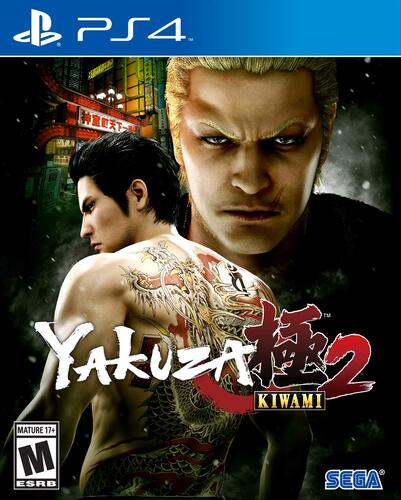
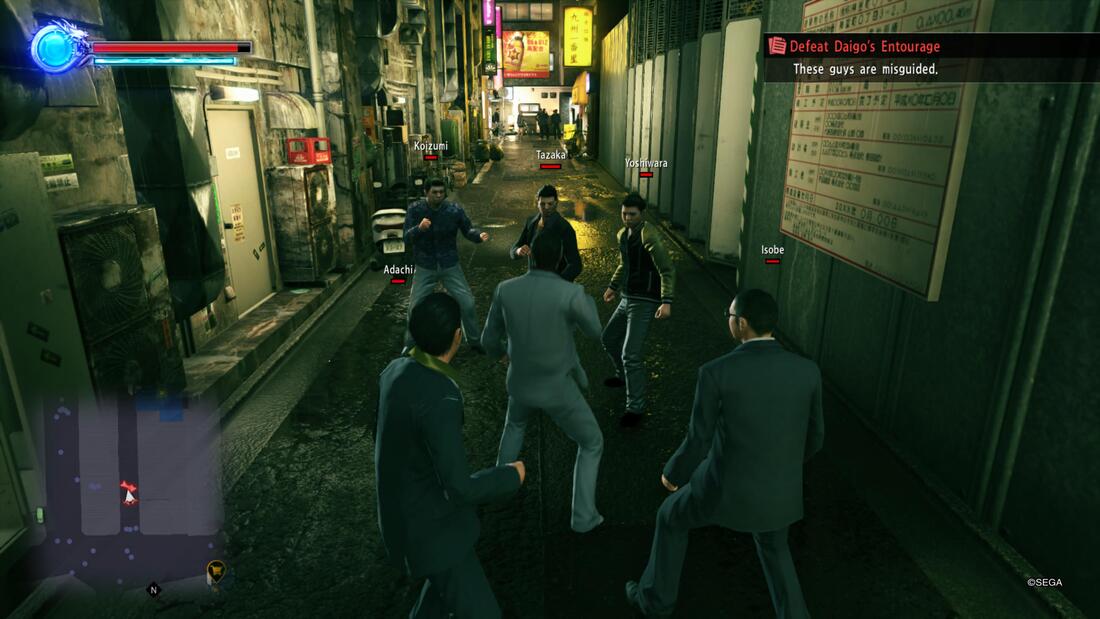
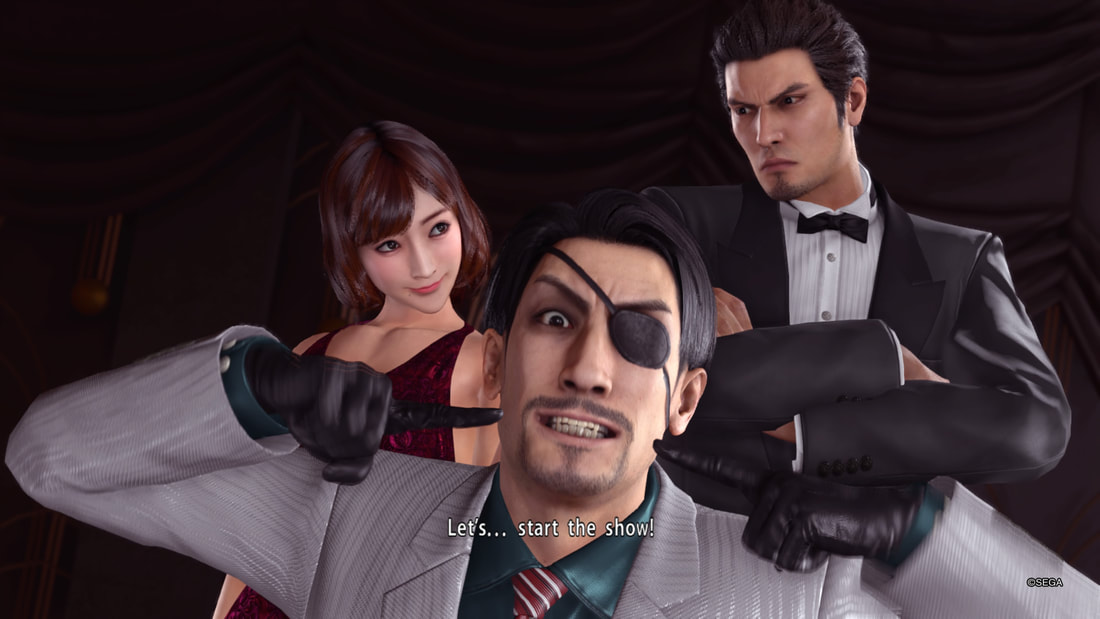

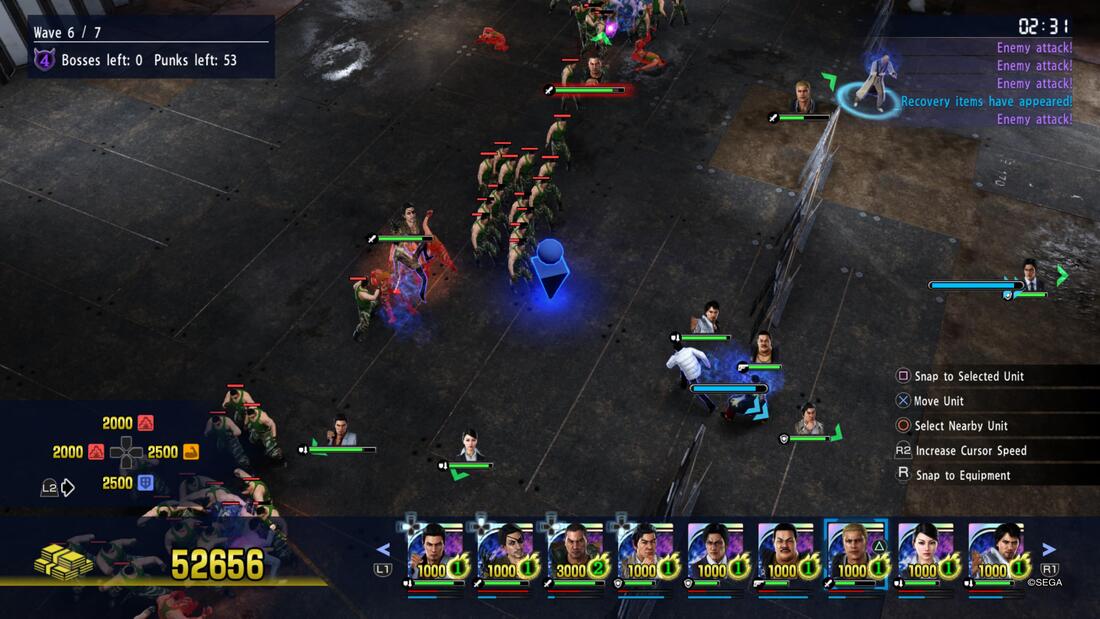
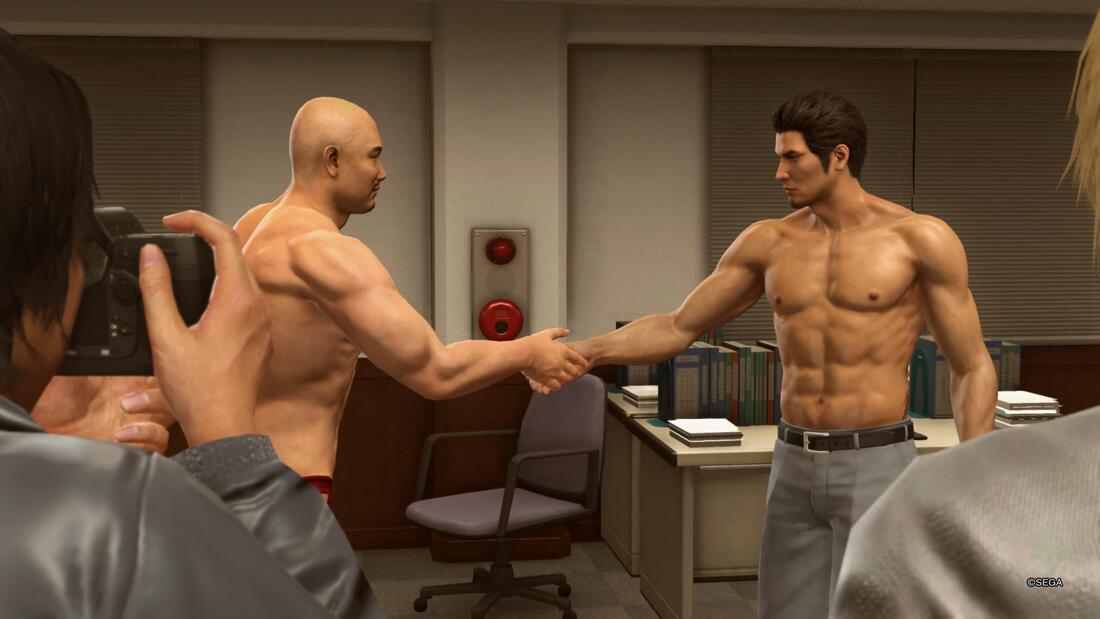
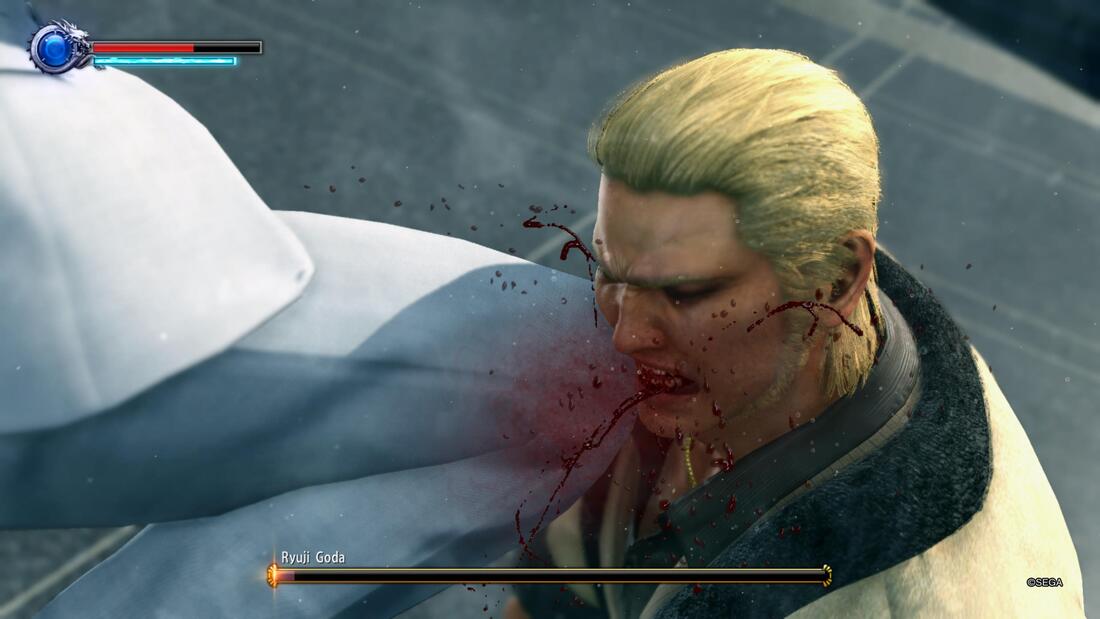
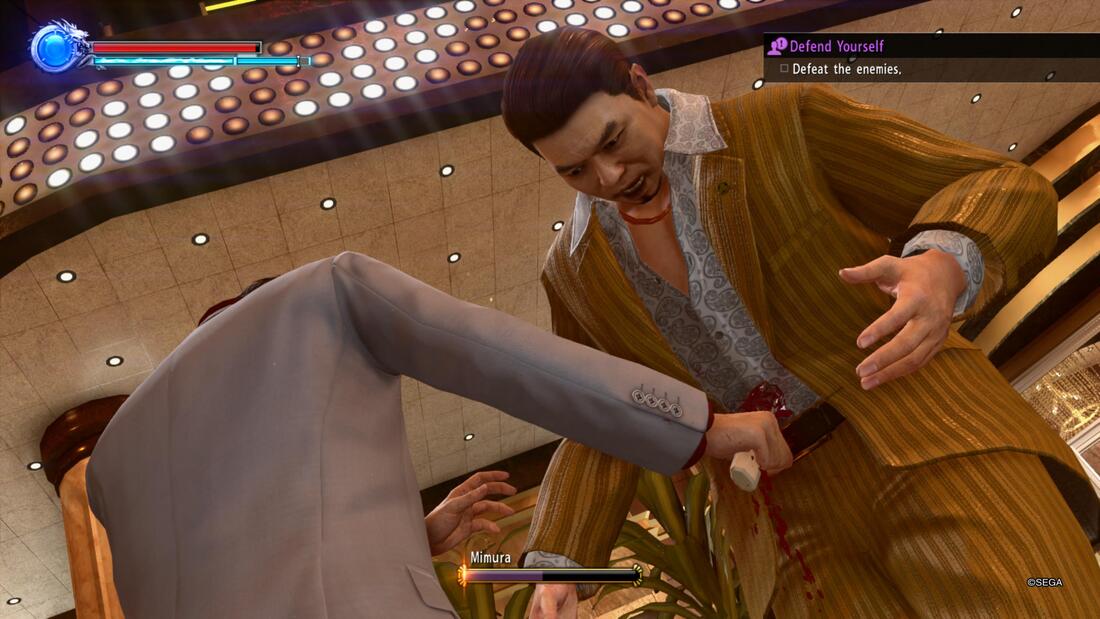

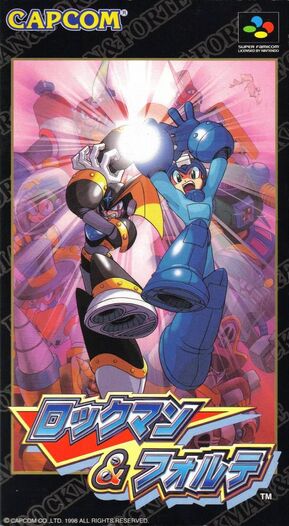
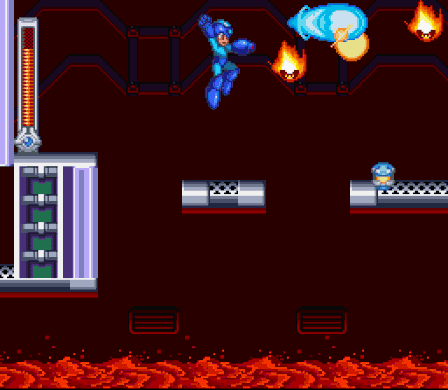

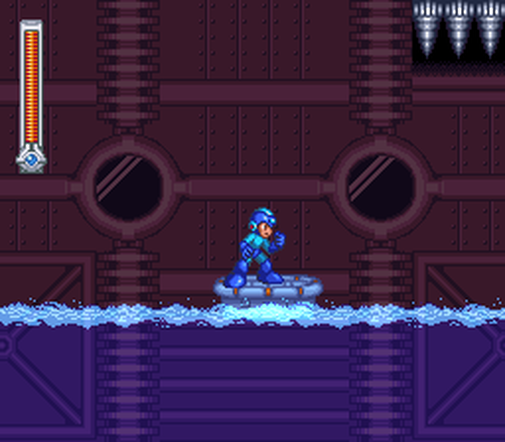
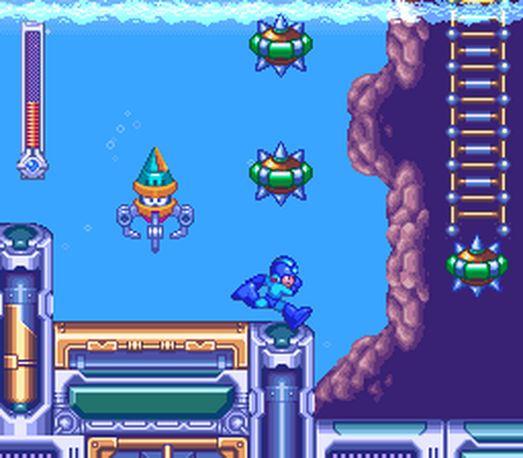

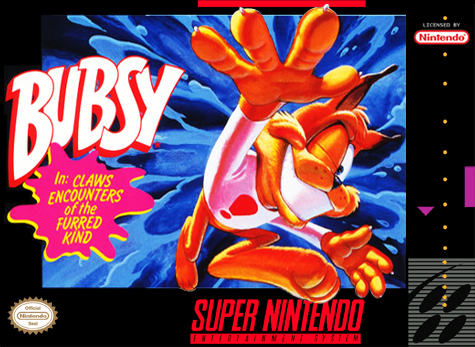
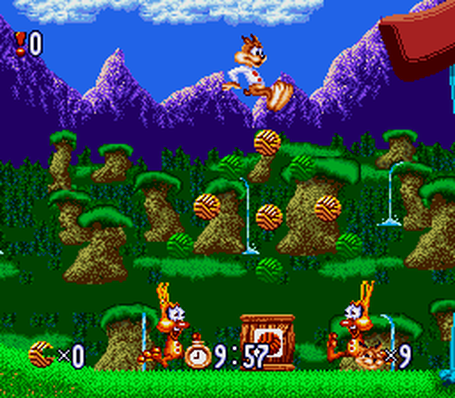
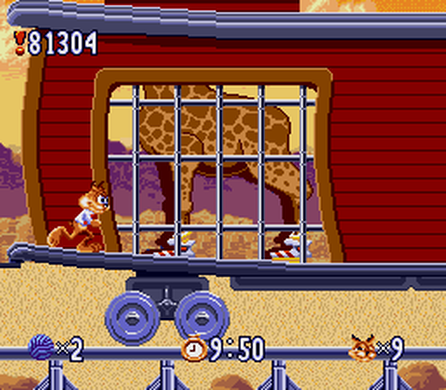
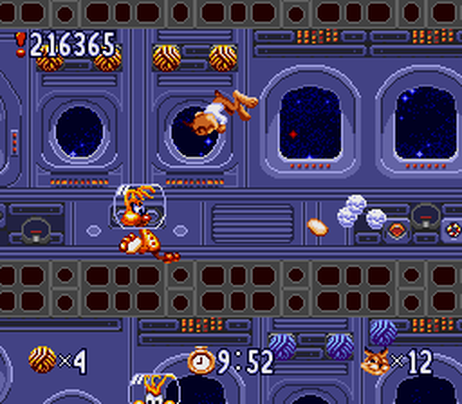

 RSS Feed
RSS Feed
